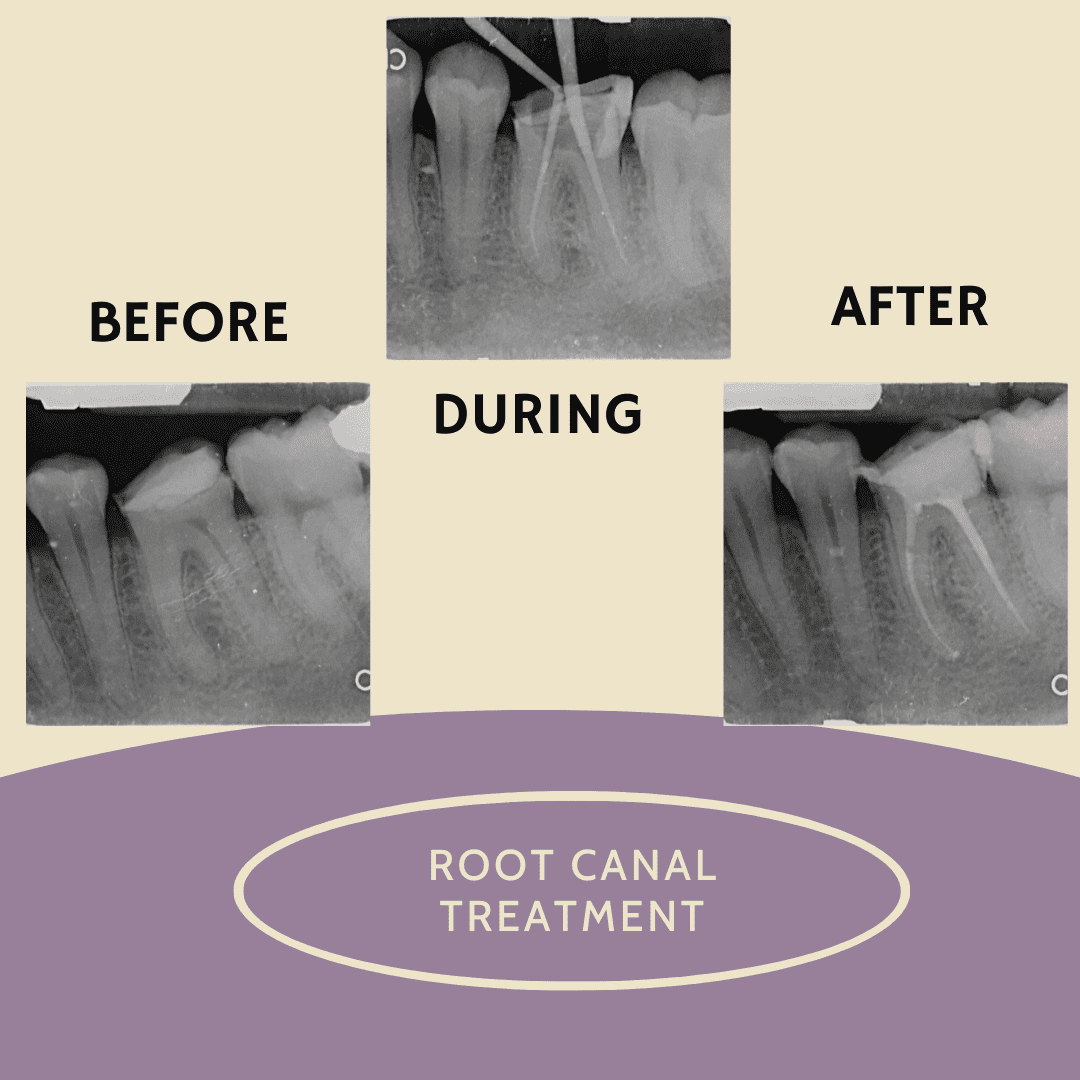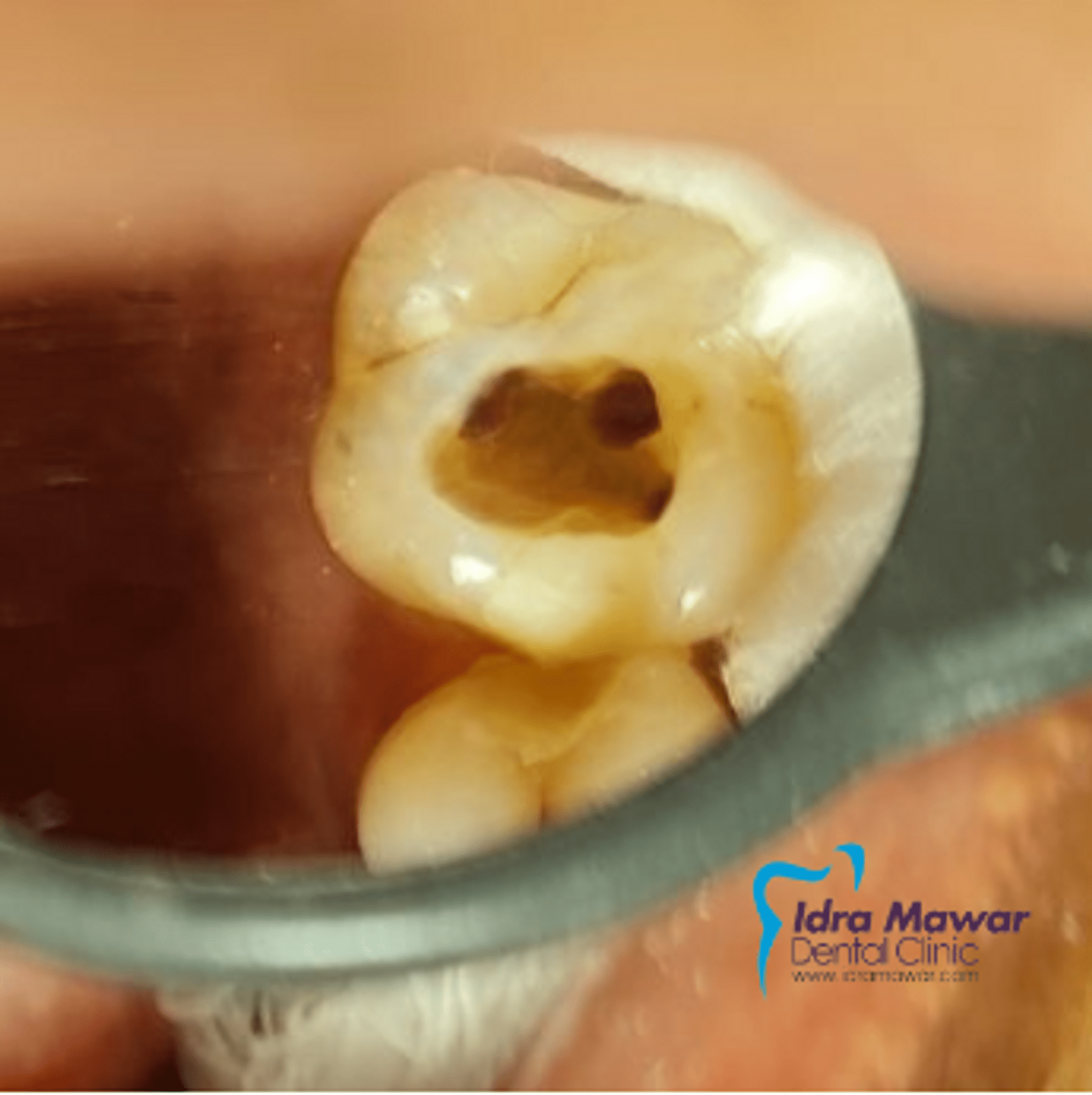
At what age is suitable for children to do a root canal treatment?
At any age between 5-12 years old. Baby teeth typically are shed between the ages of 6 and 12 years. Yet there are some good reasons for trying to save baby teeth for as long as possible with root canal treatment, rather than simply extracting any that are damaged by trauma or infection.
Your child may need an endodontic treatment if he or she:
.png)

.png)
.png)
What is a root canal treatment (RCT)?
When the pulp of a tooth becomes badly damaged by decay, multiple or deep restorations, or trauma it may have to be removed in order to retain the tooth.
What indicates a root canal treatment (RCT)?
What are the symptoms that root canal therapy is needed?
.png)